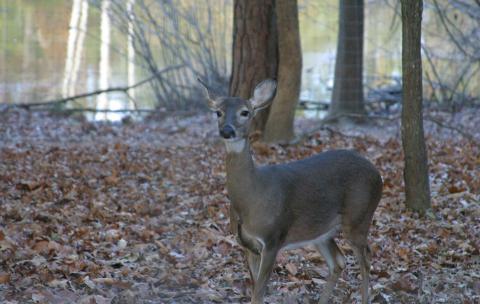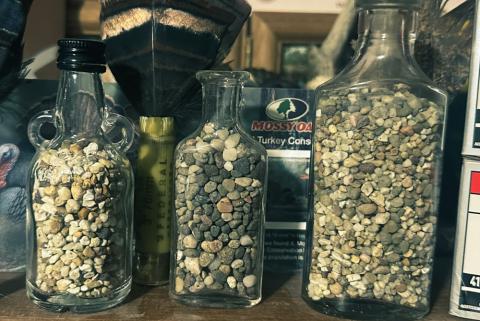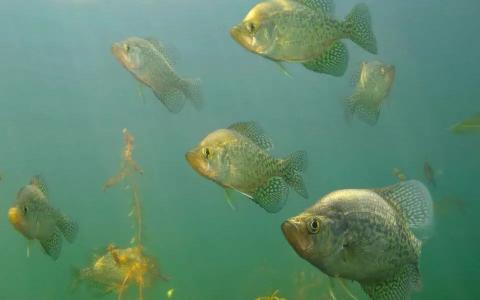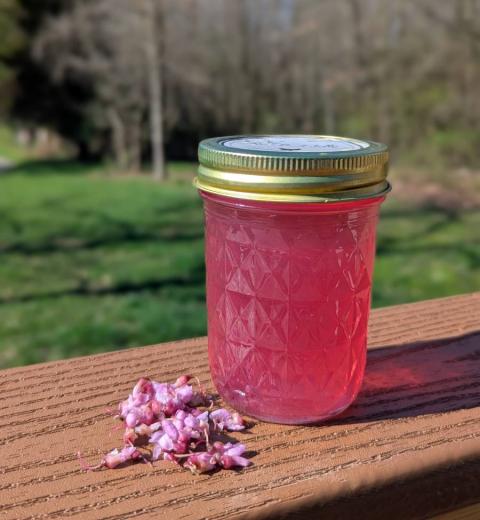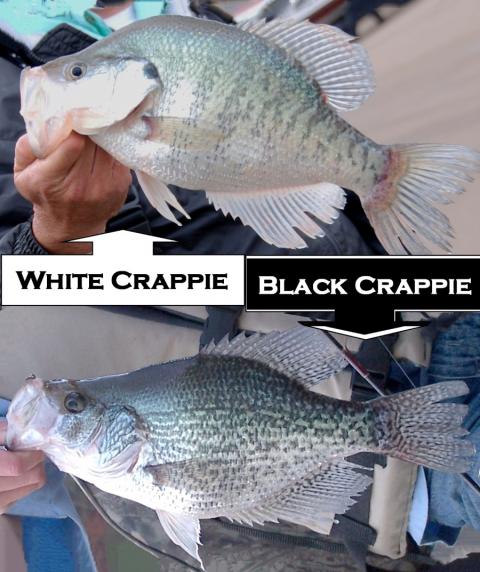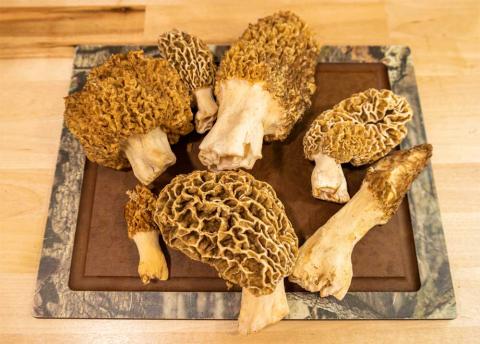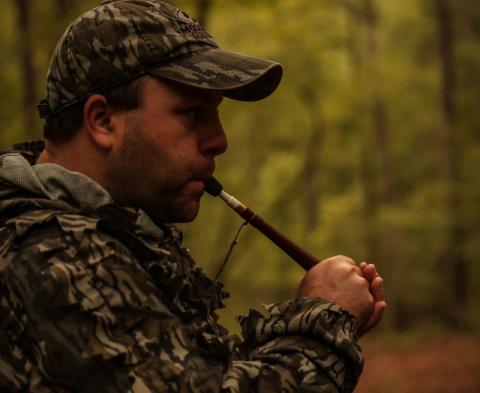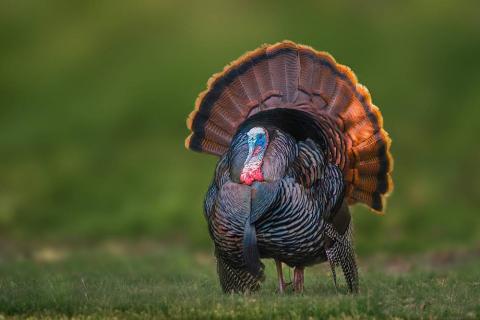By Heath Wood
The early fall months of September and October present a unique set of challenges and opportunities for deer hunters. As the season transitions from the warmth of summer to the cooler, shorter days of fall, deer behavior undergoes significant changes. To increase your chances of success, it’s essential to understand these changes and adjust your hunting strategies accordingly. Hunters must take advantage of these effective techniques and methods for hunting deer during these pivotal months, such as focusing on locating deer, understanding and patterning their behavior, and adapting these tactics as the season evolves.
Understanding Deer Behavior in September and October

September marks the tail end of summer and the beginning of early fall. During this period, deer primarily focus on feeding and establishing their patterns. Bucks are finishing up the growth of their antlers, which are still covered in velvet until mid-September. As soon as the velvet sheds, things began to change with bucks and patterning their daily travel routes. Soon after velvet sheds, it seems as if bucks begin splitting from their summer bachelor groups, making it more challenging to get bucks on your game cameras or see them in the same areas you have been scouting all summer.
In September, deer are heavily focused on food sources such as acorns, fruits, and agricultural crops like soybeans and corn, which are prime feeding areas. Deer are creatures of habit, so identifying and scouting these feeding areas can help you predict their movements. Bucks may not be in bachelor groups anymore, yet you are more likely to see them in large food sources than any other areas during the early season. As temperatures can still be relatively high, water sources also remain essential. Deer will frequently visit streams, ponds, and other water sources, especially in the early mornings and late evenings. During the day, deer tend to bed down in cooler, shaded areas to avoid the heat of the day. Identifying these bedding areas near food and water sources can provide valuable insight into patterning buck movement, even after bachelor groups split apart.
October: Pre-Rut and Changing Patterns
October is a month of change for deer. As the days shorten and temperatures drop, deer behavior begins to shift in preparation for the rut. Some hunters dislike the month of October, especially early to mid-month. This is when some hunters say they experience a lull in deer movement. I have not always agreed with the whole lull theory. Instead, hunters must adjust their patterns just as bucks do. Bucks become more active, and their movements become less predictable. However, in early October, bucks start making scrapes and rubs as they prepare for the rut. These are excellent indicators of buck activity in the area and can be exciting to hunt. Setting up near these signs can increase your chances of encountering a mature buck.
As crops are harvested and acorns begin to drop, deer will shift their feeding patterns. It’s crucial to stay updated on these changes and adjust your hunting locations accordingly. This is one of a hunter’s most significant mistakes when hunting in early fall. When bucks change their patterns, they assume they are not moving anymore. That is not always true.
As October progresses, bucks start moving more during daylight hours, especially during the pre-rut period when they begin searching for does. This increased movement can work to your advantage, but it also means that bucks will be less predictable again.
Effective scouting is the cornerstone of successful deer hunting in September and October. By investing time in the field before the season begins, you can identify key areas where deer are likely to be. Set up trail cameras near food sources, water sources, and along known deer trails. This will provide valuable information on deer movement patterns and help you identify the best hunting locations. In addition to using trail cameras, spend time walking the land you plan to hunt. Look for tracks, droppings, rubs, and scrapes. Pay attention to environmental changes, such as new growth or recent agricultural activity, that could affect deer behavior. When scouting, always be mindful of the wind direction and your scent, the same as if you were hunting. Deer have an incredible sense of smell, and if they detect your presence, they may alter their patterns, making them more challenging to hunt.
Adjusting Hunting Tactics for September and October
Now that we have determined how to find and pattern bucks early in the season, it is time to hunt them. In September, deer are still relatively predictable in their movements as long as we move and adjust our patterns with them. Because food sources and water are excellent places to find bucks, setting up tree stands or ground blinds along well-traveled routes between bedding areas and feeding spots can also yield good results when hunting.
One of the number one debates among early-season hunters is what time of day to hunt. As temperatures are still warm, deer often wait until the cooler evening hours to move. Focus your efforts on evening hunts near food sources where deer are likely to be active. Since deer are still in their summer patterns, it’s essential to apply minimal hunting pressure. Over-hunting an area early in the season or pushing deer out of an area when trying to hunt mornings can cause deer to change their habits or move to less accessible areas, so many hunters elect to hunt evenings primarily during the first part of the season.
As October arrives and the pre-rut phase begins, deer become more active and less predictable. This is the time to adapt your tactics to the changing conditions. As bucks become more active, especially later in October, morning hunts can be more productive. Focus on travel corridors between bedding areas and feeding spots still and begin setting up near scrapes and rub lines.
As bucks establish dominance, calling and rattling can also become effective. Use grunt calls or doe bleats to attract curious bucks, but be mindful not to overdo it, as this can sometimes spook deer earlier in the season.
Preparing for the Unexpected: Weather Changes
Weather can play a significant role in deer behavior during September and October. Cold fronts often trigger increased deer activity, while warm spells can slow things down. Keep a close eye on the weather forecast and be prepared to take advantage of every cold front. Many big buck pros swear on hunting October cold fronts to be able to harvest mature deer.
Hunting deer in September and October requires preparation, patience, and adaptability. By understanding deer behavior, effectively scouting your hunting areas, and adjusting your tactics to the changing season, you can significantly increase your chances of a successful hunt. Remember to stay patient, be mindful of your scent, and always be ready to adapt to the ever-changing conditions in the field. Whether you’re after a mature buck or simply looking to fill your freezer, the early fall months offer some of the most exciting and rewarding hunting opportunities of the year.














